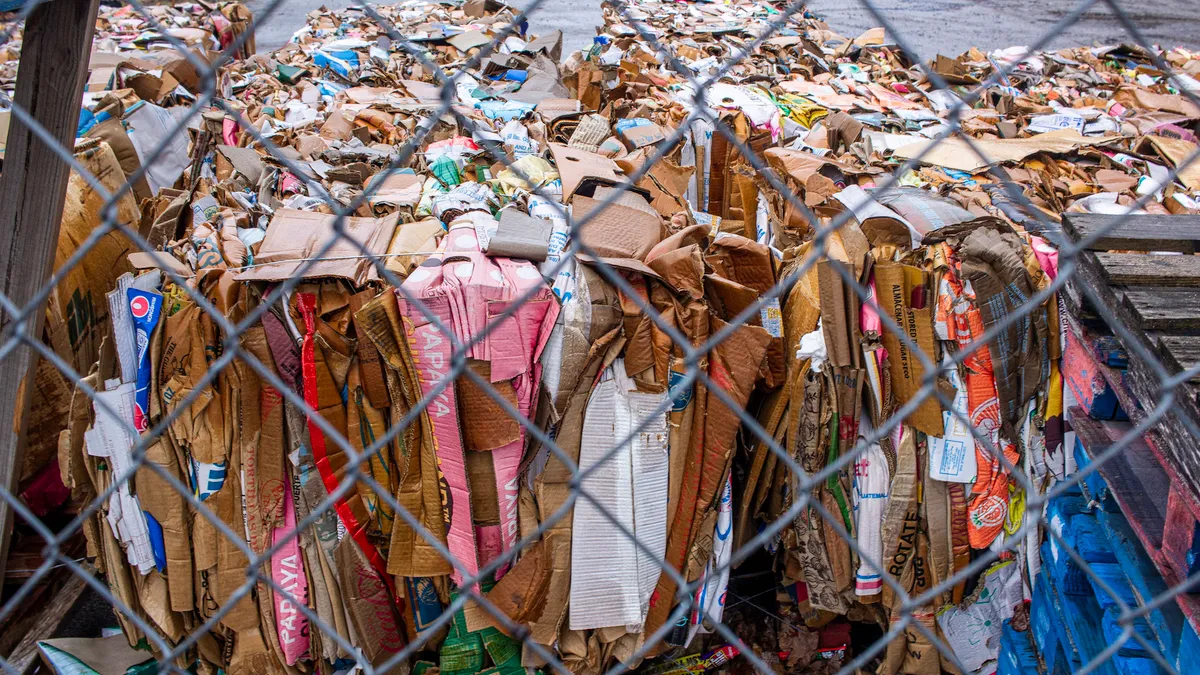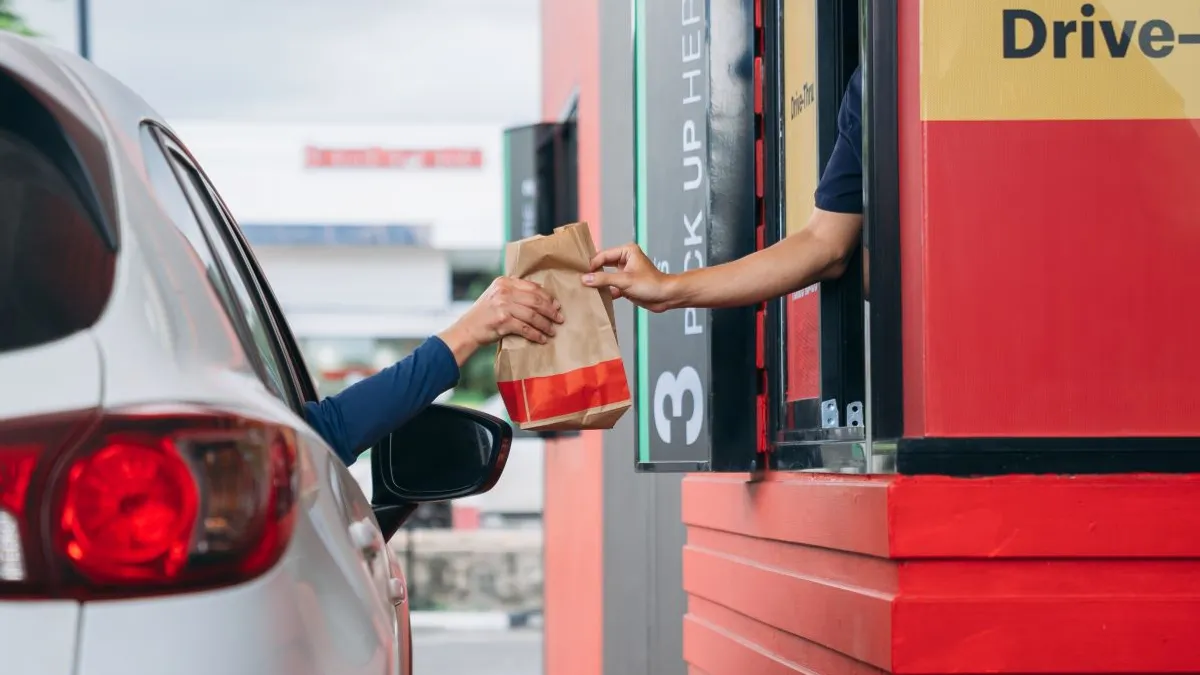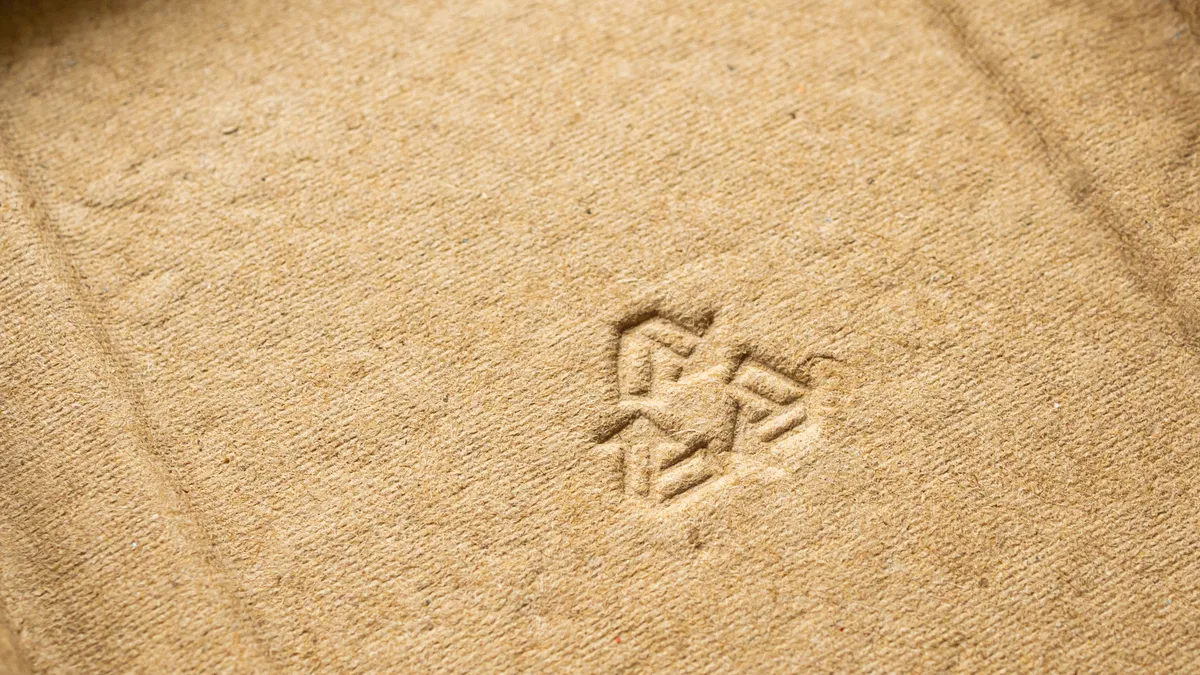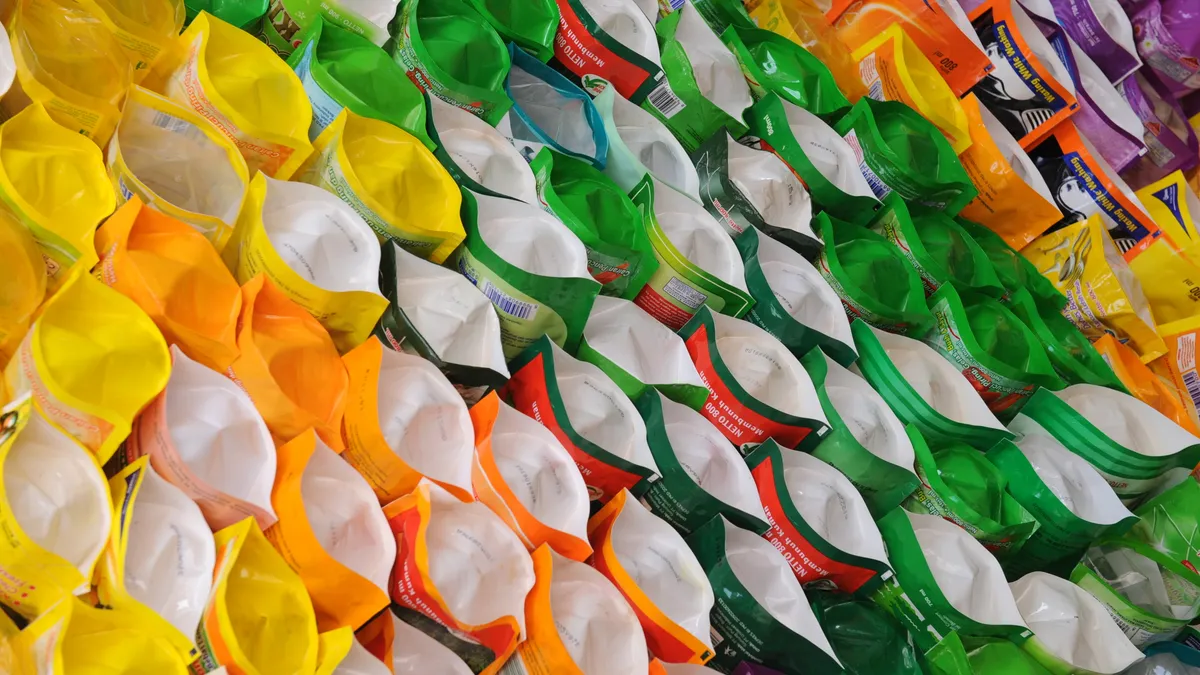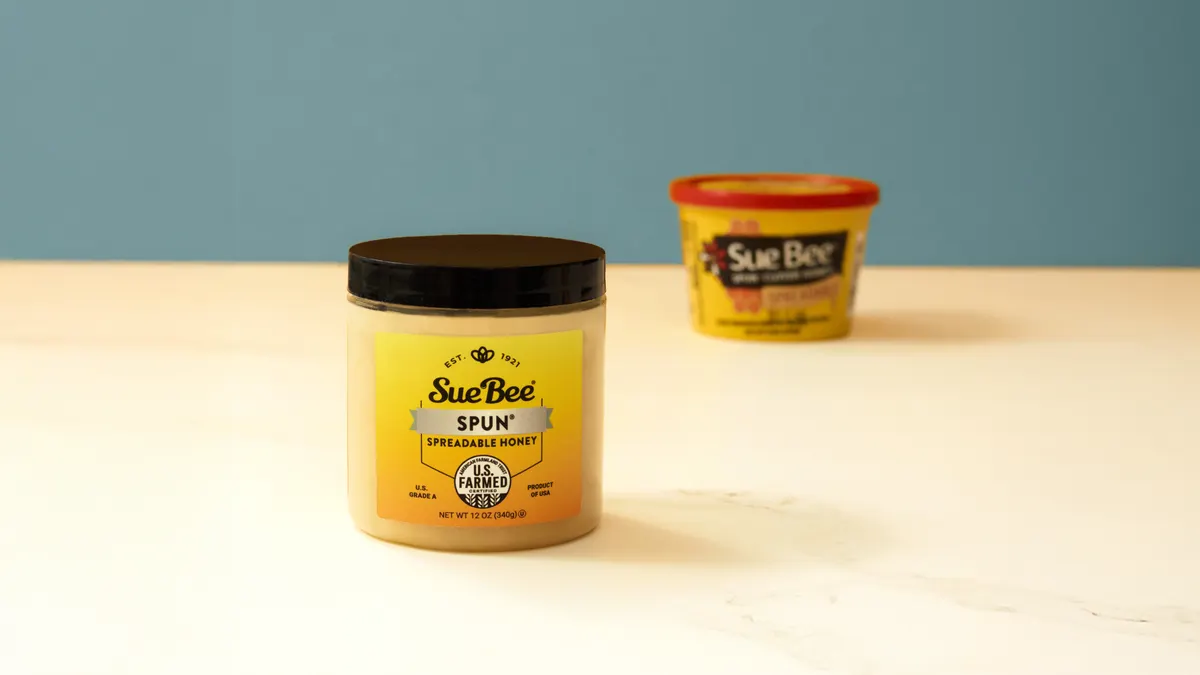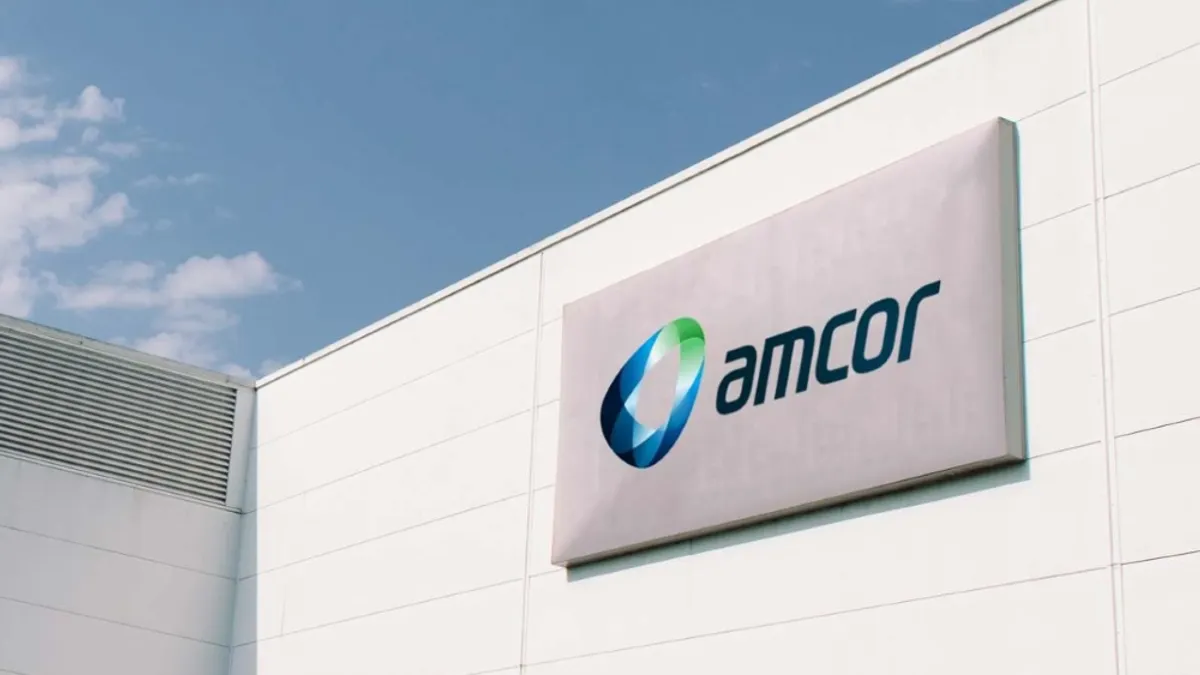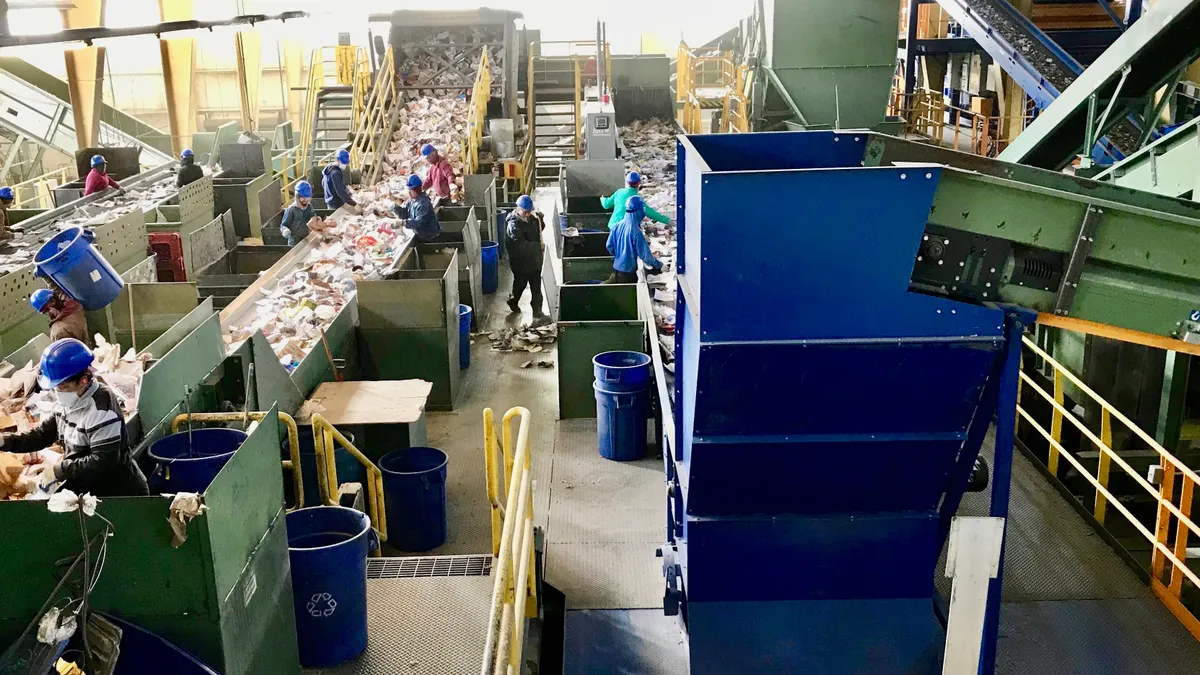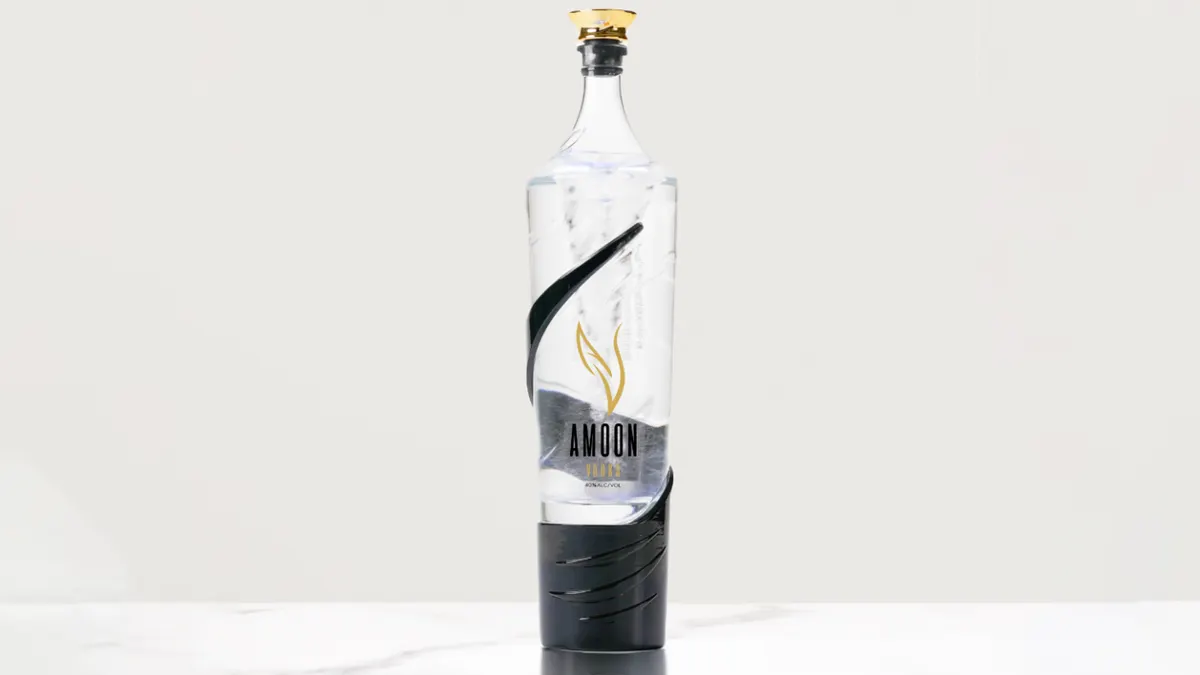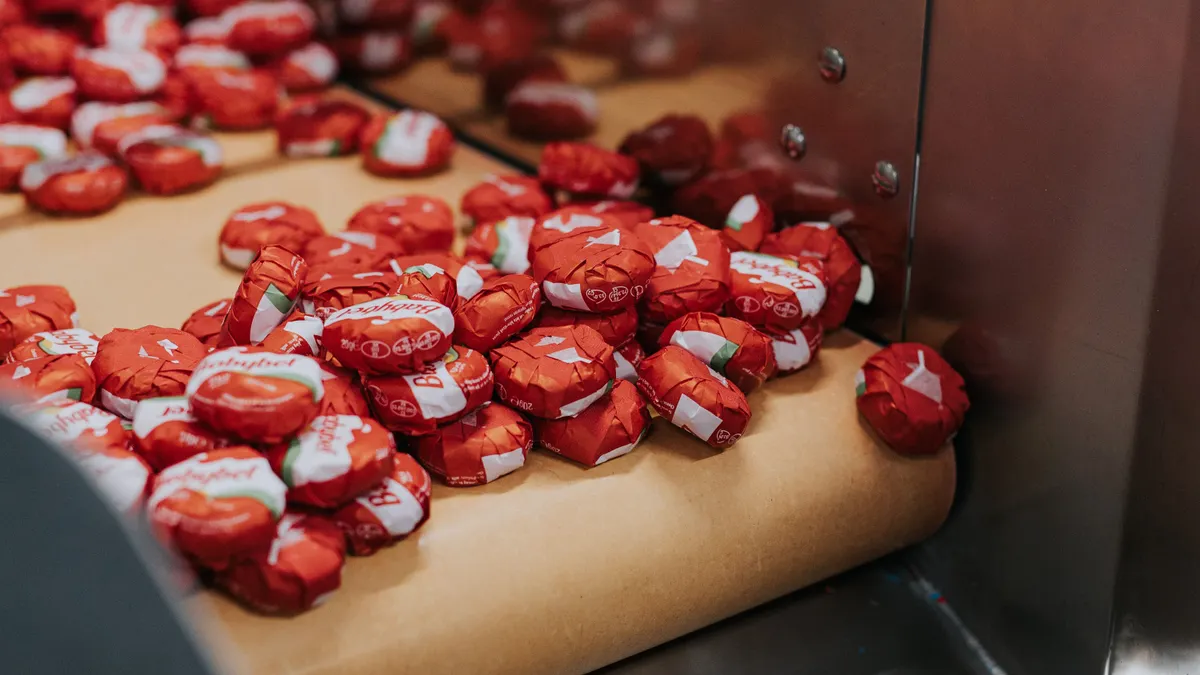Continuing uncertainty over economic conditions, including inflation and changing consumer patterns driven by the pandemic, is tamping down expectations for a strong OCC market turnaround in H1 2023.
Recyclers and packaging executives who postulated that the sharp 2022 recovered fiber price and demand slump might ease in early 2023 are reevaluating their expectations as conditions struggle to improve quickly.
“From November until probably about the last three weeks, pricing has been dropping or stagnant at a lower price ... We have seen it in other commodities also that pricing is going down, and that is reflective of the demand that's going down,” said Bret Biggers, senior economist at the Institute of Scrap Recycling Industries. “Just recently, it's starting to come up because there've been some reports from mills that they're getting more orders.”
Investment firm Jefferies released a commodity price report this month showing that OCC prices were down 74% year over year in February, following January’s 78% year-over-year drop. It notes that “recycling prices crashed in 4Q22” due to an imbalance of supply and demand, and “[w]e would expect to see some improvement from the record 4Q22 lows as we move throughout 2023.”
However, the report points to hesitance among major recyclers, based on guidance shared in February: GFL Environmental and Waste Connections anticipate no improvements in their estimates, while WM, Casella Waste Systems and Republic Services expect a modest recovery.
Excess inventories and underwhelming consumer purchasing in Q4 2022 contributed to lackluster OCC demand. Procurement managers are "making the bet that they'll need the same number or fewer boxes" amid faltering demand and "manufacturers are not seeing people making orders," said Chaz Miller of Miller Recycling Services.
"Containerboard production was down pretty dramatically — about 8% — in the third and fourth quarter [of 2022] from the previous year. This is a drag on the market right now," Miller said. "The irony is the sales data for January was actually up over what it normally is. It's a weird economy."
The OCC price for the Northeast U.S. was $32.50 per ton in January, which is nearly the same as December but down $111 year over year, according to a regional market report that Miller prepares for the Northeast Recycling Council. Prices in the Northeast tend to be slightly better than other parts of the country; the national average for OCC in January was $29.06 per ton.
”Part of the reason why demand has gone down is because of the raising of interest rates by the [Federal Reserve] ... which results in demand being lowered in different industries which corrugated supports,” Biggers said. For example, higher interest rates depressed consumer spending and consequently the amount of fiber packaging needed for retail and e-commerce.
During recent earnings calls, numerous fiber manufacturers cited inflation, constrained consumer purchasing and customer destocking as factors negatively influencing earnings.
International Paper reported in January that its 2022 U.S. corrugated box sales fell 6% year over year as consumers shifted their pandemic purchases of goods to services and entertainment instead. IP executives also noted retailers' ongoing destocking of elevated inventories following pandemic supply chain disruptions, and that the company joined other manufacturers in raising box and containerboard prices. However, the lower OCC prices helped IP’s bottom line because the cost savings offset price increases for other inputs, like energy, that go into recycling OCC into new packaging.
Graphic Packaging International reported similar headwinds during its earnings call, and CEO Michael Doss said, "December was weaker as we expected it to be, quite frankly, given some of the destocking that our customers have talked to us about. But look, we were able to finish the quarter with positive growth."
Early this year, packaging companies generally predicted that Q1 would remain flat while Q2 would pick up to some degree. But during his company's Q1 earnings call this month, Greif CFO Larry Hilsheimer cautioned of "further deterioration in pricing in the paper industry" if current patterns persist. "We believe that if this volume trend in paper continues like this, it's inevitable that there will be some price pressure" in 2023.
"The CEOs at the various companies were saying, 'Well, we think prices are going to get better,'" Miller said. "As the year goes on, they're saying they expect the cost to rise modestly over the year."
Ongoing packaging lightweighting efforts and e-commerce sector evolution are further compounding demand and price pressure. Amazon, for instance, "is using less paper boxes, and they're certainly using less tonnage of paper in their boxes," Miller said. Instead, the e-commerce giant is transitioning to more flexible packaging, whether that's plastic, lightweight paper or a combination, he said. Amazon notes in a blog post about its lightweighting efforts that it has reduced its use of corrugated boxes in North America and Europe by 35% over the past five years, and its overall packaging optimization efforts have saved about 60,000 tons of cardboard annually.
“What is happening in the OCC market is the brands are also saying they want it lighter, they want less material used. So there has been some lightweighting of corrugated boxes,” Biggers said. “That is a trend that has been going on for a couple years and that continues.”
Another factor expected to influence OCC demand and prices both in the coming months and longer term is the amount of new capacity coming online this year. The additional capacity includes:
- Domtar’s Kingsport, Tennessee facility resumed operations in January after a $350 million project to convert it to a recycled containerboard plant.
- Cascades’s converted Bear Island containerboard project in Ashland, Virginia is scheduled to restart at the end of this month. The final cost is estimated at $515 million to 525 million.
- Pratt’s $400 million, 450,000-square-foot recycled paper mill in Henderson, Kentucky is slated to begin operations this fall.
Coming down the pike, construction will begin soon on a 700,000 square foot corrugated box factory adjacent to Pratt’s Henderson plant, and it is expected to become operational in 2026. Construction also will begin soon on Graphic Packaging’s recently announced $1 billion, 640,000-square-foot coated recycled paperboard mill in Waco, Texas that is scheduled to begin operations in 2026; GPI will close three smaller, less efficient plants, but overall capacity will still increase at least 5% with the Waco plant’s opening.
The ongoing economic uncertainty has the potential to affect the timing and impact of these and other investments. All things considered, "all the hesitation on pricing right now is justified,” Miller said.
Biggers reinforced that sentiment, saying, “There's still that fear of the recession this year, and I haven't heard many economists backing off on what they said.”


